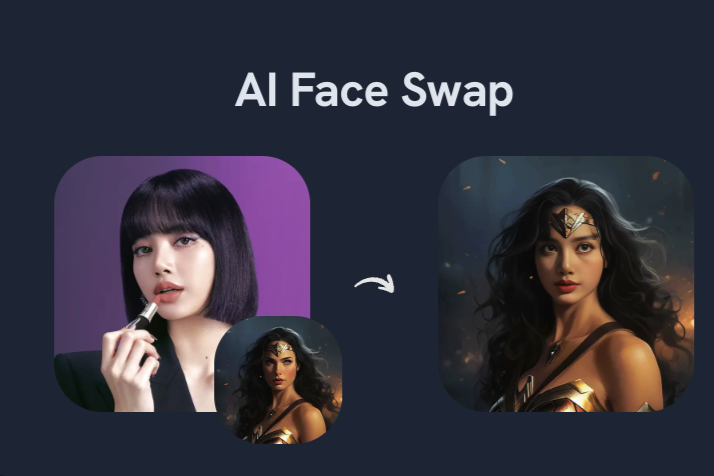
Exploring AI Face Swap: Techniques, Uses, and Ethical Considerations
Artificial Intelligence (AI) has revolutionized various aspects of our lives, and one of the most fascinating applications is AI face swap. This technology allows users to seamlessly replace one person's face with another in digital images and videos, opening up a world of creative possibilities and raising important ethical questions.
AI Face Swap Techniques
At the core of AI face swap are deep learning algorithms that can accurately detect, track, and manipulate facial features. These algorithms are trained on vast datasets of facial images, enabling them to learn the intricate patterns and nuances of human faces. The most common techniques used in AI face swap include:
- Facial Landmark Detection: This process identifies key points on a face, such as the eyes, nose, and mouth, which are then used to align and warp the target face onto the source face.
- Texture and Lighting Transfer: The algorithm analyzes the texture, color, and lighting of the source and target faces, and then applies these characteristics to the swapped face to ensure a seamless blend.
- Neural Style Transfer: This technique uses deep neural networks to transfer the style and appearance of one face onto another, creating a more natural and realistic result.
Uses of AI Face Swap
The applications of AI face swap are diverse and range from entertainment to education and beyond:
- Entertainment: AI face swap has become a popular tool for creating humorous and creative content, such as celebrity face swaps or historical figure impersonations.
- Education: Educators can use AI face swap to create interactive learning materials, such as language learning videos or historical reenactments.
- Visual Effects: Film and video production teams can leverage AI face swap to create realistic digital doubles, replace actors in post-production, or even de-age characters.
- Accessibility: AI face swap can be used to help individuals with speech or hearing impairments by enabling them to communicate through a digital avatar.
Ethical Considerations
While AI face swap offers many exciting possibilities, it also raises important ethical concerns that must be addressed:
- Privacy and Consent: The use of someone's likeness without their knowledge or consent raises significant privacy issues and can be used to create misleading or harmful content.
- Deepfakes and Misinformation: AI face swap technology can be used to create "deepfakes" – realistic-looking but fabricated videos or images that can be used to spread misinformation and undermine trust.
- Bias and Discrimination: The algorithms used in AI face swap may perpetuate or amplify existing biases, leading to unequal or unfair representations of different groups.
As the technology continues to evolve, it is crucial that developers, users, and policymakers work together to establish ethical guidelines and safeguards to ensure the responsible and transparent use of AI face swap.
